James Webb Telescope| James Webb telescope is the most powerful telescope till now ever. James Webb Telescope's cost is more than some countries' GDP. NASA Claims that the James Webb telescope will help in new discoveries. What kind of discoveries are they only time will tell. Here in this topic, you will get all your queries cleared in the best easiest form of information So let's Start:
Queries that will be answered on this topic are:
How far can the James Webb telescope see?
How many light years away will the James Webb telescope see?
What has the James Webb telescope discovered?
How fast will the James Webb telescope travel?
James Webb Telescope detailed Information in a simple way:
The biggest and the most powerful space telescope in the world was launched by NASA recently on 25, December 2021. It's named the James Webb Space Telescope. By this, you can time travel of sorts. Well, it is beyond the possibilities to expect to travel once more into the past, however with this, you can get a brief look at history. And I'm not talking about the history made in the last 5-6 years millions and billions of years' history can be looked at using this telescope. More specifically, 13 Billion Years! The universe started with the Big Bang 13.8 billion years ago. And this telescope can saw at 13 billion years in the past. Around 0.7 billion years after the universe started. But how can it be possible? Let’s find out:
The most exceptional thing about this telescope is that it has been planned predominantly to recognize infrared light. At the point when you take a saw at the sky, with an ordinary telescope, you see the frequencies of noticeable lights. The light that you can see with your bare eye. Do you recall reading about Electromagnetic ranges in school? Electromagnetic waves in a broad spectrum. It includes X-rays, Ultraviolet rays, radio waves, and microwaves, and there, there is a small range of visible light. The light that we can see with our bare eyes. The normal telescopes that you can purchase at any shop, help you see only at the wavelength of the visible light. The range of visible light is from blue colour to red colour, and red has the biggest wavelength. And as we know, with electromagnetic waves, the bigger the wavelength, the easier it is for the electromagnetic waves to pass through any object or obstacle. Like the radio waves. The radio that you listen to. The wavelengths of radio waves may stretch more than kilometers. Due to this reason, we can hear the radio waves that pass-through buildings even. The wavelength of infrared is bigger than that of red. But we can't see infrared with our bare eyes. The benefit of using a telescope for looking at infrared can be seen in this photo.
The photo on the left-hand side was taken by the Hubble Space Telescope. The most powerful space telescope ever had till now. You can look at the space dust in it. And you can watch the clouds of gases forming. But infrared wavelength can cross through the dust and clouds and we'll be able to see what lies behind this. The picture on the right-hand side is what we imagine we would be able to see with the James Webb telescope. You can say that we'll get a more high-quality, High-definition picture. The word Infrared means below red. This word came from Latin, infra means below. So Infrared means Below Red. As its frequency lies below red. And frequency is inversely proportional to wavelength. You'll recall this. Anything that radiates heat, emits infrared waves. People, animals, and the Sun, fire each of these release infrared waves. That is the reason in night goggles, you would've seen warriors use night goggles frequently, they identify infrared. During that time vision goggles, you get a view like this.
It is captured by infrared cameras. Since the telescope will take look at stars and galaxies of stars, and planets, all of which emit heat, it will be possible to capture and look at the infrared waves. The other benefit of infrared is that when a telescope looks at stars at such a distance, stars that are billions of kilometers far from us, when the light from those stars reaches the telescope, the light has traveled such a distance, that by the time it reaches here, and as we know the universe is expanding at a slow pace, the wavelength of the light gets stretched. The wavelength gets elongated. This phenomenon is called the “Red Shift”. That the wavelength of the light has stretched a bit and has shifted towards the colour red. With telescopes, the bigger the mirror they are equipped with, they'd have the ability to capture more light. And the resolution of the image that we get is also higher. That's why, with the formation of more and more advanced telescopes, they are being equipped with larger mirrors. The mirror of the Hubble Space Telescope was of this size i.e. 2.4-meter diameter. And you have the mirror of the James Webb Space Telescope beside it of size 6.5 meters in diameter. This entire mirror is coated with 24karat gold. Because gold is the best reflector of red light. Because of gold, the reflectiveness ability of this mirror is at 98%.There's a problem here. I said that all that radiates heat transmits infrared waves. When the telescope will begin working, the telescope will transmit some heat too. Some infrared waves will be emitted by the telescope itself. This will interfere with the waves coming from the galaxies and we wouldn't be able to get good high-definition images. To get rid of this, this James Webb Telescope will work only at the cold temperatures of -223°C. The temperature should be so low for it to work. On Earth, the temperature hasn't fallen beneath -89°C. So how could this telescope be kept so cold? It can be done in the space. It is possible because it is very cold in space unless there's sunlight or any other heat form. If sunlight falls on you in space, the temperature would rise very fast. As is the case on the moon. Because there is no atmosphere on the moon, The temperature may fall up to -170°C there. But as soon as there's sun, the temperature rises to 120°C hot. It is very problematic for this telescope. No sooner would sunlight fall on this telescope it would be a great problem as everything would heat up rapidly. So they needed to stop the Sun. To get rid of this problem, a Sun Shield has been installed on James Webb Telescope. This shield is of a kite shape and is as big as a tennis court.
So the telescope could remain secured from the Sun. For
this, a special kind of material has been used, Kapton. Many materials were
tested to check which material could be used to block the Sun most effectively
and to keep the telescope cool. It was later discovered that this Kapton
material was artificially created. This Sun Shield comes with 5 layers of this
material, and each layer is thinner than a strand of human hair. There's a
vacuum gap between each layer. So that its effectiveness could be increased. Aside
from this, each layer has an aluminum coating on it. And the two layers nearest
to the Sun have a covering of doped silicon. This space telescope isn't being
sent closed to the Earth, as the Hubble Space Telescope was. Hubble is near the
Earth and orbits around it. But this will be stationed 1.5 million kilometers
away from the Earth. And that is the point known as the L2 point. L stands for Lagrange
Point. This point will be on the other side of the Sun because an obvious
reason, it is important to block the heat and light of the Sun as much as
possible for the better functioning of the telescope. And the L2 Point is
special because it keeps revolving with the Earth itself. So the Sun will be
always hidden throughout the revolution. Look at how its orbit will be.
The Earth's shade will keep the sun hidden. It's similar to
when you take a look at something in the direction of the Sun, you can't see
clearly because of the sunlight. It's the same as when you cover the Sun with
your hands. And you get to see clearer. It's the same with the telescope. NASA
has said that the entire procedure of making and launching it is so complicated
that they have identified more than 300 potential problems that may arise in
the telescope. More than 300 single points of failures, if any of them become
reality, then the entire project would be as good as over. 1000 Crores USD has been
spent on this project only. This amount is so huge that NASA had to defund
several other research projects and direct the money to this project to make
this one possible. Along with NASA, the European Space Agency(ESA) and the
Canadian Space Agency(CSA) are also taking part in this. The scientists have
pinned their hopes that using this, they would be able to study how stars and
galaxies form after the Big Bang. As I have told you, with this telescope, you
can look 13 billion years into the past with light helping it. The Hubble Space
Telescope could see only 1 billion years after the Big Bang took place. So
about 12.8 billion years ago. But the James Webb Telescope can look up to 0.3
billion years after the Big Bang happened. When the stars actually began to
form first. As you can see in this diagram.
How We can look into the past?
The answer to it is very simple. The light takes some time
to travel some distance. And by the time the light reaches from one spot to the
next, a lot of time would have passed. Particularly when it involves distances
this huge. The light from the Sun arrives at the Earth by traveling for
approximately 8 minutes. This means that if the Sun vanished suddenly, for
example, it will take 8 minutes for people to find out this on Earth, to see
that the Sun has disappeared. As it were, you can say that we are looking 8
minutes into the past when we see the Sun. Similarly, apply this logic on a bigger
scale. The stars and galaxies that are millions of light-years far from us,
when we look at them with the telescope or we gaze at the stars from the Earth,
we are actually seeing them as they were millions of light-years ago. The
universe is so large that there are stars that are 13 billion lightyears away
from us, by the time their light arrives on Earth, 13 billion years would have
gone, and what we get to see today, are the events of 13 billion years ago.
This way we can get glimpses of history.
With this logic, hypothetically, it is also possible that if we go 100 million lightyears far from the Earth, we teleport to a planet that is 100 million lightyears far from the Earth. And on that planet, we build a high-powered telescope and look at the Earth back, we'll get to see the Earth as it was 100 million years ago. We'll get to see dinosaurs! But the practical problem with doing this is that by the time we go to the other planet and look back on Earth, this will take a much longer time to reach the other planet, than the years that we can look back to. So if it becomes possible to travel by teleporting, we can watch history occurring on Earth. And would be able to do time travel.
Furthermore, it will be also interesting to see the new
planets that the James Webb Telescope discovers. And can through this can we actually be able to see time travel to the past. Can it be able to find a
planet with Earth-like conditions? Where life can be possibly found. Time will
tell.
Recent Image Sent By James Webb Telescope From space:
It is currently in L2 Orbit.
That's all about James Webb Telescope and the topic "James Webb Telescope. Can it Time Travel?". I hope you get some information on this topic. And if you like this then don't forget to share it.
Thank You


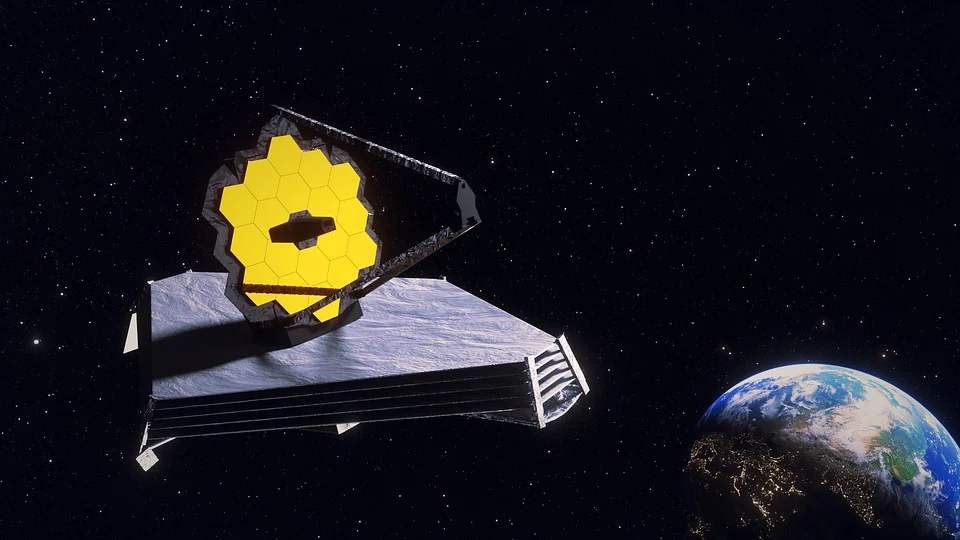


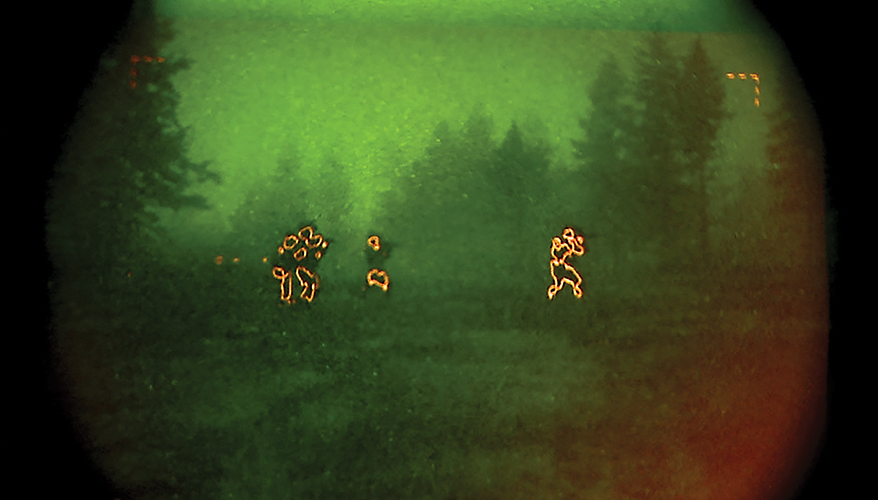

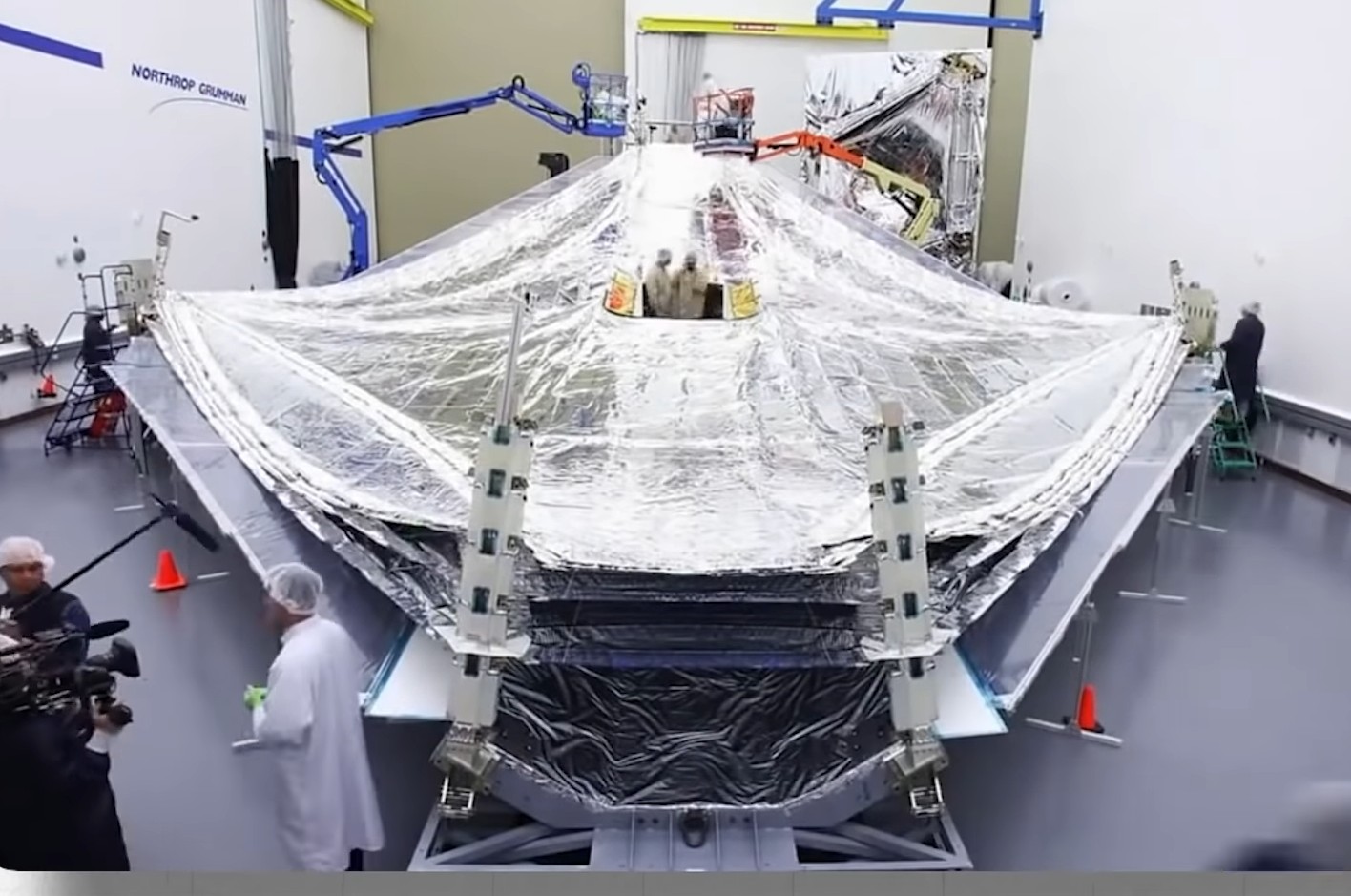
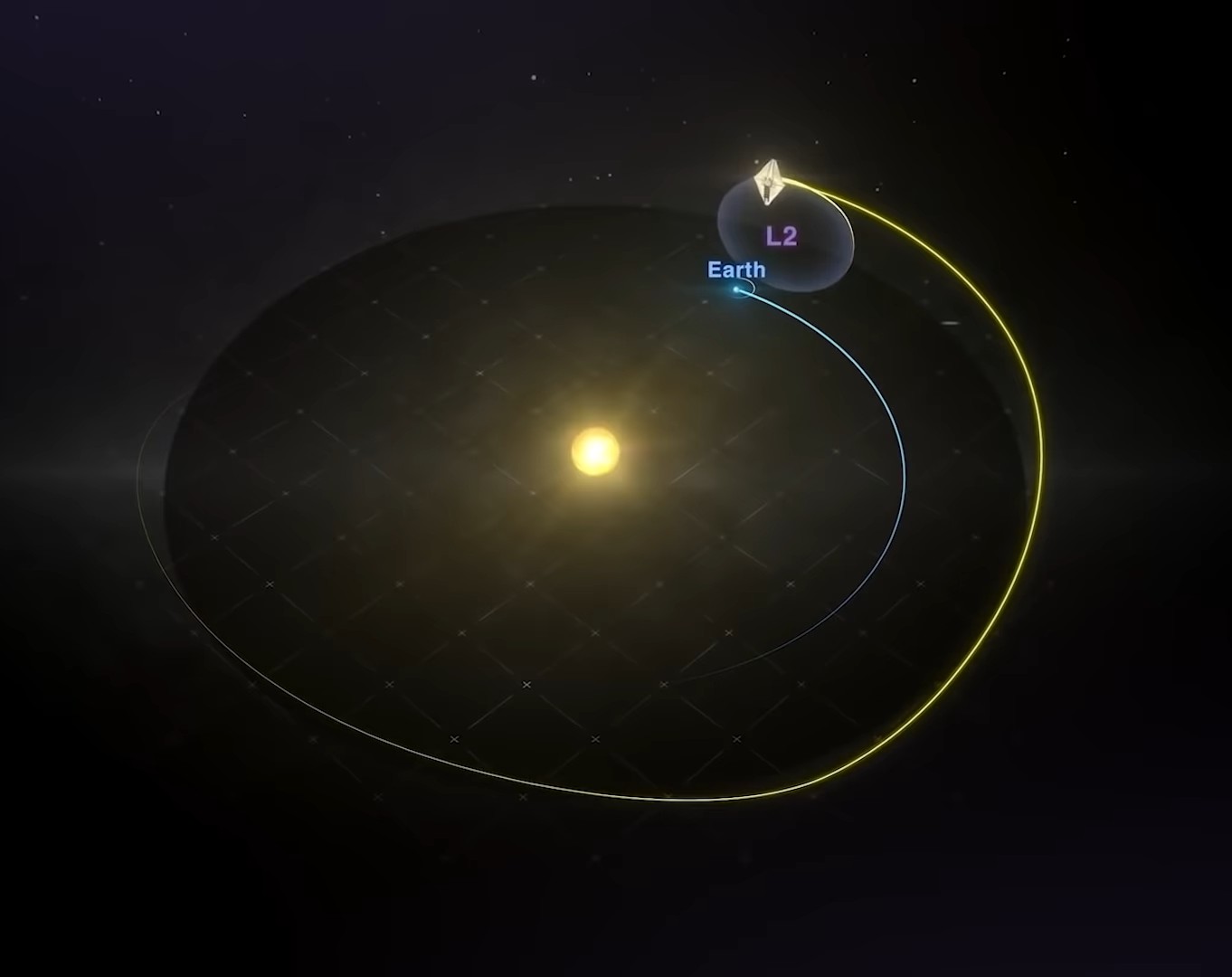



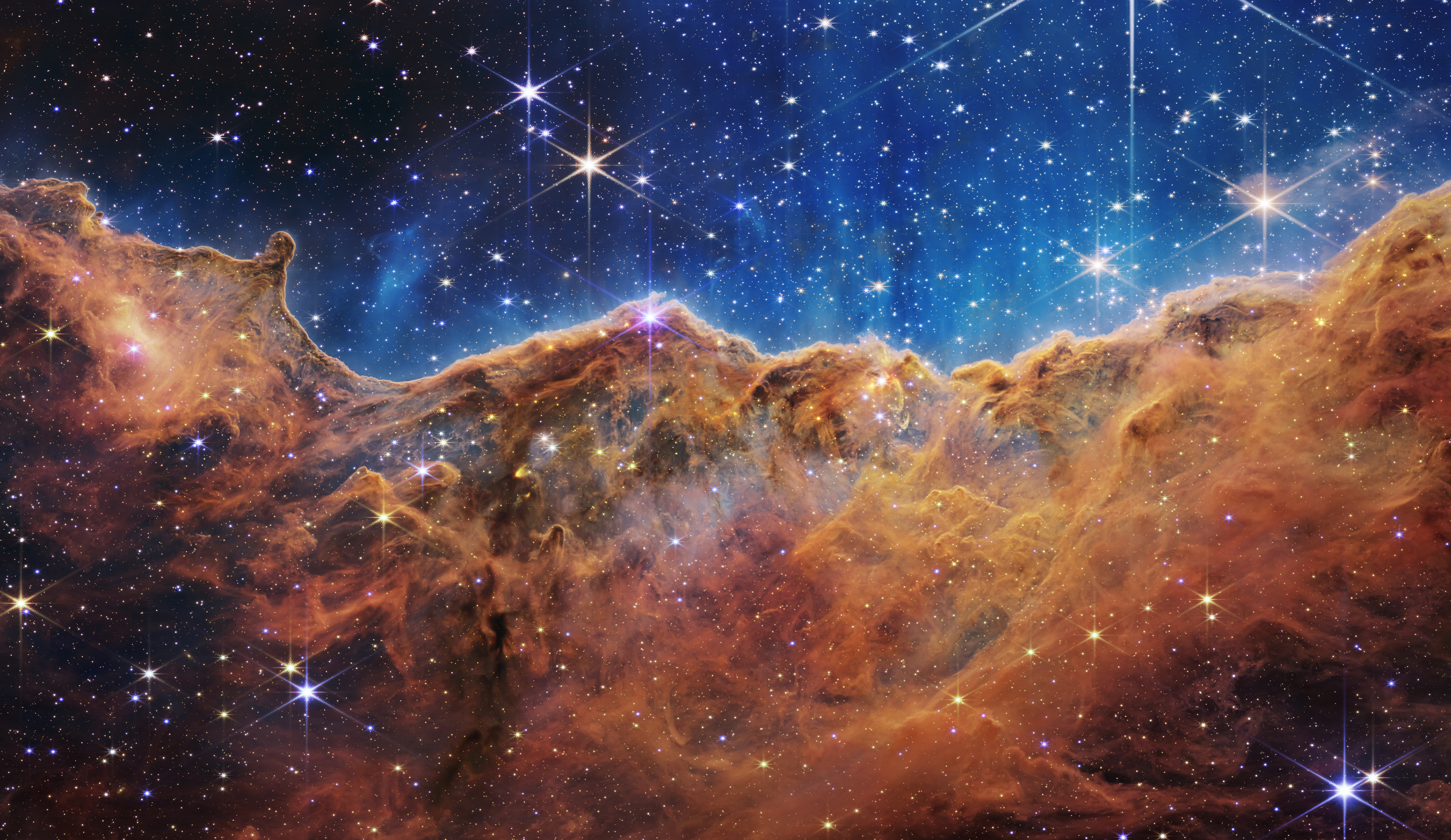



0 Comments
Please Do not enter any spam link in the comment box.